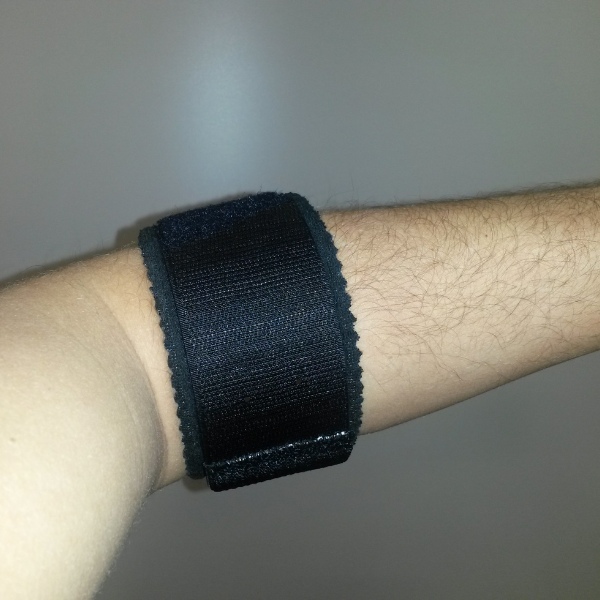Children and Elbow Braces: When Should Kids Use Them?
Recent Post
- How Foot Mobilization Therapy Can Improve Your Mobility
- Cervical Neck Pillows for Migraine Relief — Fact or Myth?
- The Link Between Foot Health and Overall Well-Being
- Common Mistakes People Make When Wearing Compression Stockings
- Laser Therapy for Seniors in Brampton: A Non-Invasive Option for Pain Relief
 Children are inherently active, curious, and often fearless, leaving them more vulnerable to falls, strains, and sports-related injuries. Although most minor bumps and bruises can heal on their own, some elbow injuries require a little extra support to recover. A non-invasive yet effective solution is to use elbow braces. We’ve been asked this question many times, and that’s why we’re answering: when should kids use elbow braces? In this blog, we cover the typical conditions that may warrant elbow bracing, the types of braces suitable for children, and how physiotherapy can assist in rehabilitation.
Children are inherently active, curious, and often fearless, leaving them more vulnerable to falls, strains, and sports-related injuries. Although most minor bumps and bruises can heal on their own, some elbow injuries require a little extra support to recover. A non-invasive yet effective solution is to use elbow braces. We’ve been asked this question many times, and that’s why we’re answering: when should kids use elbow braces? In this blog, we cover the typical conditions that may warrant elbow bracing, the types of braces suitable for children, and how physiotherapy can assist in rehabilitation.
Common Reasons Kids Might Need Elbow Braces
Sports Injuries: The elbows of children involved in baseball, gymnastics, tennis, or wrestling are frequently overused. Little League Elbow or Tennis Elbow (Lateral Epicondylitis) can form, especially in young athletes. A brace can help minimize stress on tendons and ligaments while allowing the joint to recover.
Elbow Sprains and Strains: Falls while playing or during sports can result in overstretching or tearing of the ligaments and muscles surrounding the elbow. An elbow brace can stabilize the joint, alleviate pain, and prevent further damage to the area.
Post-Cast Support: Weakness or stiffness in the elbow can occur after a fracture has healed and the cast has been removed. A supportive, lightweight, or semi-rigid brace as they strengthen and can move in physiotherapy.
Repetitive Use Injuries: Children who play instruments or engage in repetitive activities (such as video games or certain types of crafts) can be prone to overuse injuries. Bracing can help alleviate inflammation and prevent things from getting worse.
Chronic Conditions: Elbow braces may help stabilize the joint during flares or high-activity times in some children with joint hypermobility syndromes or mild forms of juvenile arthritis.
Types of Elbow Braces for Children
Compression Sleeves: Lightweight and flexible, ideal for mild support and reducing swelling.
Hinged Elbow Braces: Provide maximum support for moderate to severe injuries or following cast removal.
Strap Braces: Localized support for tendon-related pain such as Tennis or Golfer’s Elbow.
Always consult a pediatrician or physiotherapist if you are unsure which style is best or how it should fit your child.
The Role of Physiotherapy in Recovery
An elbow guard provides external support, while physiotherapy is essential for post-healing care. At WestbramPhysio, we develop bite-sized programs to:
- Improve joint mobility
- Build up the muscles around it
- Minimize the chance of new injuries happening in the future
- Teach children and parents how to move in more safe ways
We combine fun, challenging activities with proven strategies to help your child recover comfortably and confidently.
When to See a Physiotherapist
If your child experiences lingering elbow pain, swelling, restricted movement, or struggles to use their arm, you should have them evaluated by a professional. Early detection can prevent minor problems from becoming serious ones.
Final Thoughts
Elbow braces are excellent resources for rehabilitating injuries or conditions that require flare or joint control. However, they are most effective when used in conjunction with a structured rehabilitation program. At WestbramPhysio, pediatric physiotherapy plays a crucial role in supporting your child’s recovery process. If you believe your child would benefit from an elbow brace or rehabilitation, don’t wait to schedule a consultation with us today.
